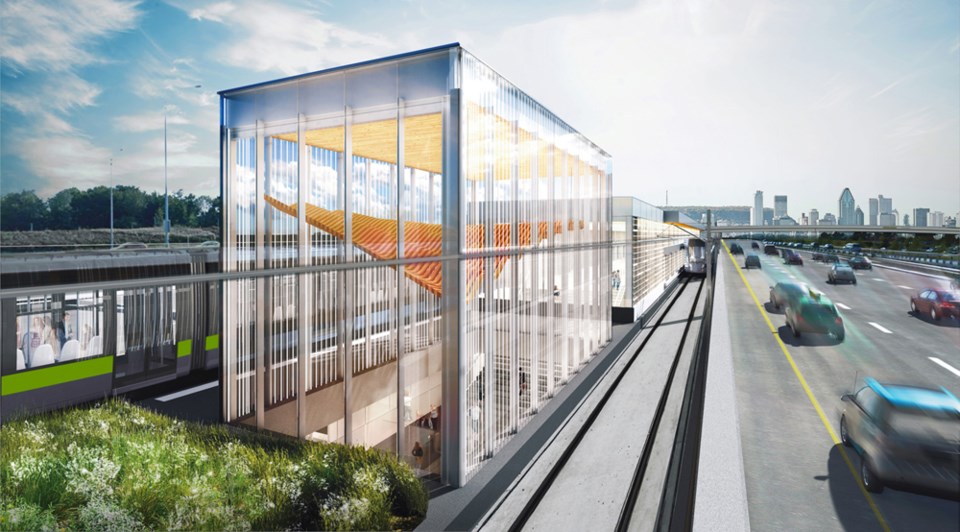The Editor:
In response to a recent article suggesting that more lanes on Highway 1 is not the ultimate solution: I completely agree. We need to be looking at regional rail technologies that are affordable and can easily move tens of thousands of people per hour if required. We even have a great recent example of something along these lines in Canada — Montreal's REM system was delivered for a very reasonable cost and can move many more people than any feasible highway expansion could ever hope to.
One thing that proponents of more highway lanes often fail to consider is that capacity is ultimately constrained off the highway. Even if you get more vehicles moving on the highway, the traffic can ultimately be made worse because streets aren't capable of handling the extra traffic. Also, making our streets more capable of handling more car traffic makes the towns and cities themselves less desirable places to spend time in, and wastes land on more lanes and parking that could otherwise be used to provide more places for people to live, work, and play.
We can make better use of the highway lanes we already have by reducing the number of people who need to use them. As long as we plan intelligently, with proper use of the much higher capacity nature of rail, we have more than enough for the trucks and cars that will need to use the highway anyway. Our towns and cities will be better and safer with less road traffic and more space for people.
Devyn Cairns
📢 SOUND OFF: Do you agree? Should trains be used to ease congestion and serve commuters through the Highway 1 corridor? What solutions would you like to see for long-term growth? Send us a letter.





